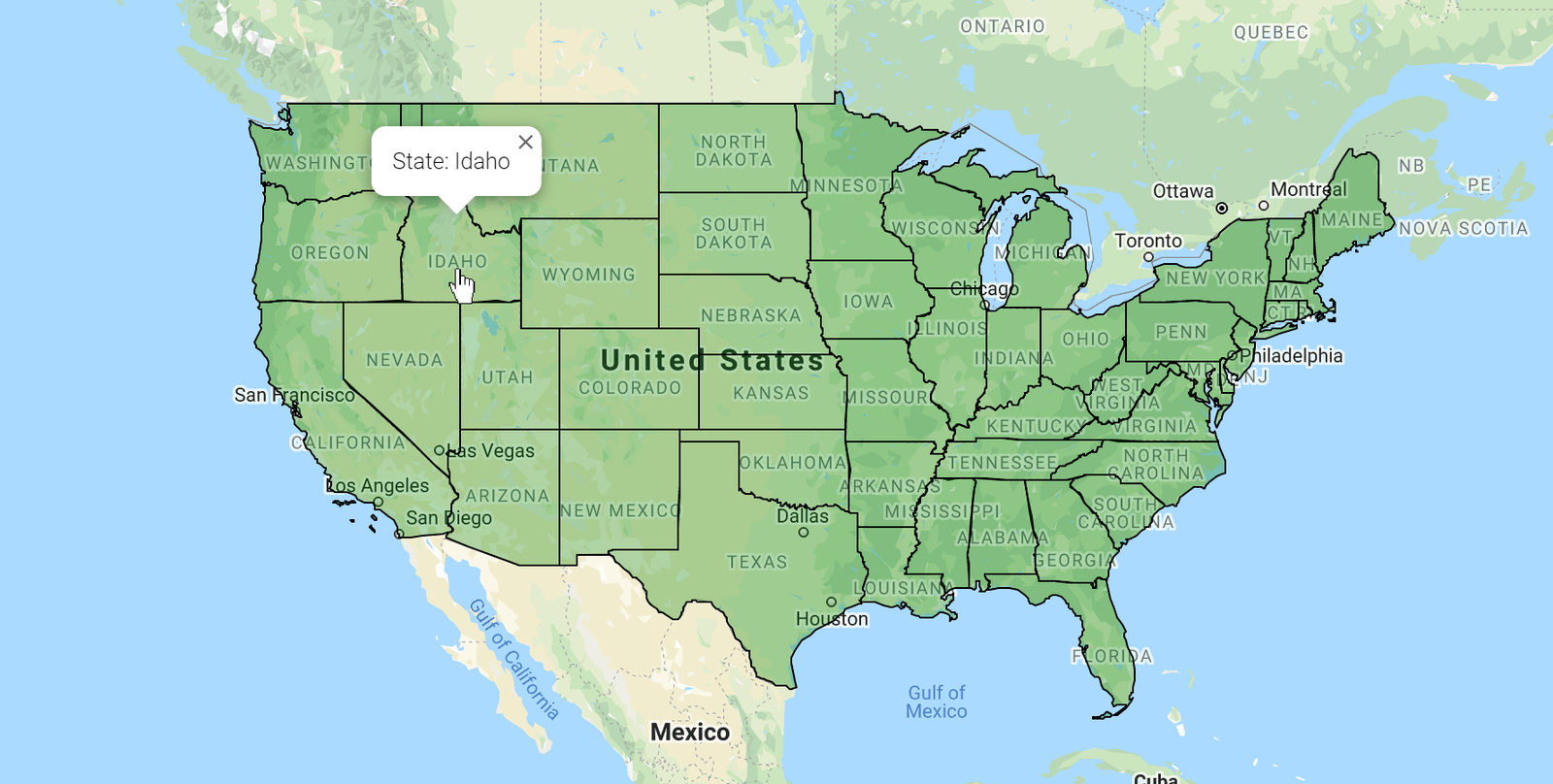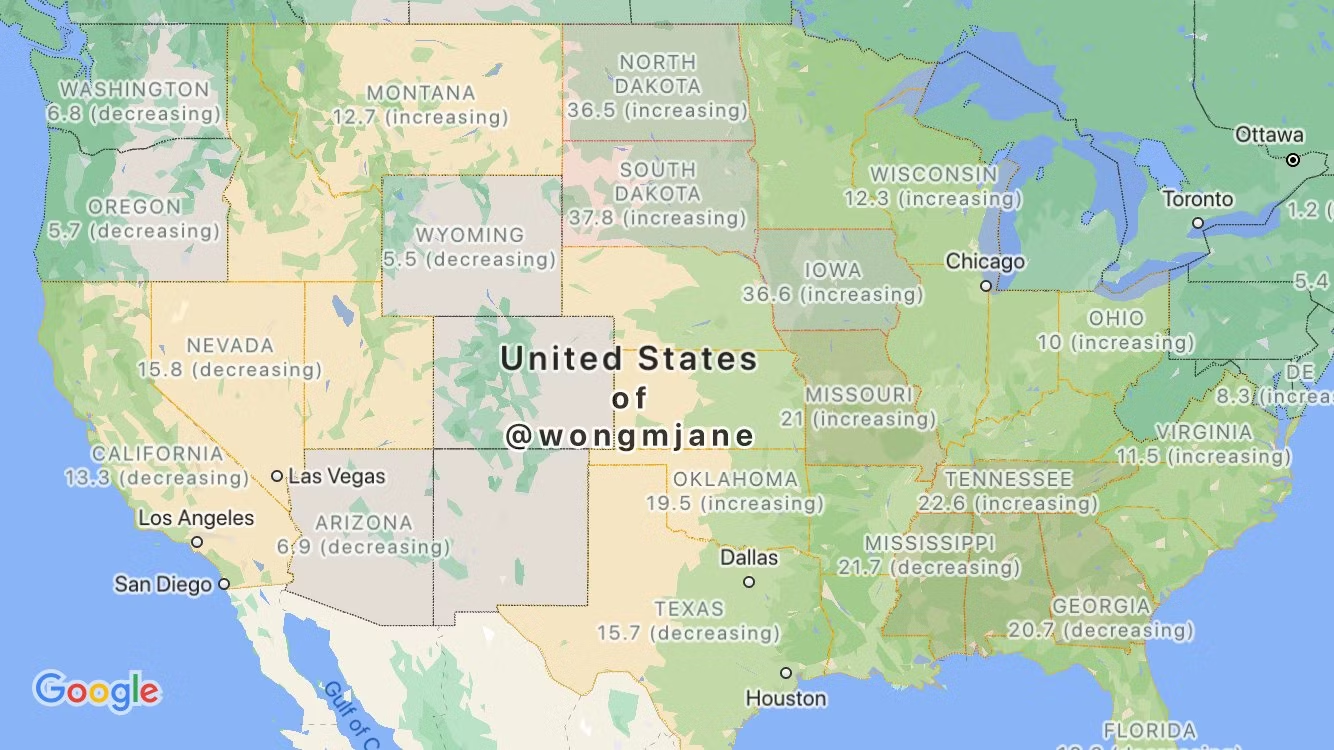Google Maps custom overlays are a powerful way to personalize your maps and enhance their visual appeal. Whether you’re a business looking to highlight specific locations, a developer aiming to integrate dynamic data, or an enthusiast wanting to create a unique map experience, custom overlays allow you to do just that. In this guide, we’ll explore various methods and tools to help you effectively create and implement custom overlays on Google Maps.
Understanding Google Maps Custom Overlays
Google Maps custom overlays refer to any visual content that you add to a map beyond the standard markers and layers provided by Google. These overlays can include custom images, shapes, text, or even interactive elements like clickable areas or animated graphics.

Types of Custom Overlays
- Image Overlays: Overlaying images onto Maps allows you to display custom graphics such as floor plans, historical maps, or thematic representations directly on the map canvas.
- Shape Overlays: Shapes like polygons, circles, or polylines can be overlaid to highlight boundaries, areas of interest, or routes. These are particularly useful for visualizing geographical data.
- Custom Markers: Beyond the default markers, you can create custom icons or symbols to represent locations on the map, aligning them with your branding or specific themes.
- HTML Overlays: For more interactive features, HTML overlays enable you to embed web content directly onto the map, such as videos, live data feeds, or responsive elements.
Methods to Create Google Maps Custom Overlays
1. Using the Google Maps JavaScript API
The Google Maps JavaScript API provides extensive capabilities for creating custom overlays. You can programmatically add markers, shapes, and HTML elements to the map, controlling their appearance and behaviour through JavaScript.
2. Leveraging Libraries and Frameworks
Frameworks, like React Google Maps or libraries such as Leaflet with Google Maps integration offer, simplified approaches to creating overlays, often with ready-made components and utilities.
3. Implementing Image Overlays
To overlay images, use the GroundOverlay class in the Google Maps API. Specify the image URL, bounds (latitude and longitude coordinates), and opacity to seamlessly blend the image with the map.
4. Drawing Shapes and Polylines
For shapes and polylines, utilize the Polygon and Polyline classes. Define paths with specific coordinates to outline areas or draw routes directly on the map.
5. Customizing Markers
Custom markers can be created by specifying a custom icon URL or using SVG graphics. This allows you to replace the default marker with icons that better represent your points of interest.
6. Adding HTML Overlays
HTML overlays are achieved by positioning div elements over the map using CSS. This method enables you to display dynamic content, such as info windows or interactive widgets, directly on top of the map interface.
Best Practices for Creating Effective Custom Overlays
Performance Optimization
Ensure that your overlays do not impact map loading times by optimizing image sizes and minimizing complex HTML elements.
Responsive Design
Design overlays to be responsive and compatible with various screen sizes, maintaining usability on both desktop and mobile devices.
Accessibility
Provide alternative text for images and ensure interactive elements are keyboard accessible for users with disabilities.
Testing and Debugging
Use browser developer tools and Maps API documentation to test and debug your custom overlays across different environments.
Conclusion
Creating Google Maps custom overlays allows you to enhance map functionality and visual appeal, catering to specific user needs and improving overall user experience. Whether you’re integrating complex data visualizations or simply adding custom icons, understanding these methods empowers you to create maps that are both informative and engaging.
In conclusion, by leveraging the flexibility of Google Maps APIs and various libraries, you can implement custom overlays that effectively convey information and captivate your audience. Experiment with different types of overlays and tools mentioned in this guide to find the best solution for your mapping needs.











